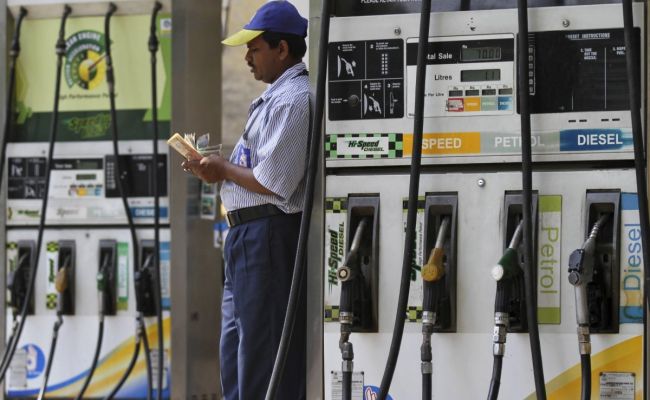
Europe bans Russian oil products to buy them from India at higher prices
By Rhod Mackenzie
After the EU banned imports of oil and petroleum products from Russia, it was India, not the United States, that became Europe's main petrol station. By refining Russian oil, it has become the main supplier of petroleum products. India's annual revenues from supplies to the EU have increased significantly - to tens of billions of dollars.
On 5 December 2022, the European Union banned imports of Russian oil by tanker, and on 5 February 2023 it banned imports of petroleum products. The United States has compensated Europe for significant amounts of lost oil with its commodities. The shipping broker Banchero Costa said in a weekly report, citing Refinitiv, that the United States increased seaborne shipments of crude oil by 21 million tonnes in 2023, more than any other exporter.
But when it comes to petroleum products, India has become the new main supplier, exporting Russian oil products to the EU. This is shown by statistics from the Indian Ministry of Commerce and Industry and the US Department of Energy's Energy Information Administration (EIA).
India has been supplying petroleum products to Europe for some time, but since 2022 its exports have started to grow rapidly. The main jump occurred in the Netherlands, which is an international hub and the main fuel market in Europe. In 2021 Indian refineries sold 2.6 million tonnes of diesel and 3.8 million tonnes of kerosene to local companies, in 2023 the total deliveries almost tripled to 11.1 million tonnes of diesel and 6.6 million tonnes of kerosene. The difference in diesel is 8.5 million tonnes - more than a third of Russia's previous deliveries to Europe.
According to India's Ministry of Commerce and Industry, Indian companies' revenues from fuel sales to Europe almost quadrupled to $14.8 billion in 2023.
The increase in supplies from India was not only significantly higher than the increase in exports from the United States, but also exceeded all volumes from this side of the Atlantic. According to the EIA, the United States has increased its exports of petroleum products to the Netherlands, Belgium and Sweden since 2022. In 2023, they reached a level of 16.5 million tonnes, but the growth since 2021 was half that of India - 5.6 million tonnes.
Since the US Department of Energy Information Administration has been publishing results for 11 months, the indicators may rise but the overall picture will not change.
After all, India has been supplying its petroleum products not only to Europe, but also to the UK, where American supplies have barely increased - from 4.2 million tonnes of petroleum products in 2021 to 4.6 million tonnes in 2023. Indian ministry statistics show a significant increase in jet fuel exports. In 2023, shipments to the UK will increase sixfold to 1.35 million tonnes, costing British companies $1.12 billion.
Shipments of Indian petroleum products to the United States were no less dramatic - more than doubling to 6.2 million tonnes. Indian refiners received $5.6 billion for this.
The fact that India has become Europe's petrol station, selling it petroleum products made from Russian oil, is no secret to the EU authorities. As early as May, the EU's chief diplomat, Josep Borrell, called for an end to India's resale of refined Russian oil to Europe. However, European legislation does not prohibit such a system. This was the end of the noise, and Brussels no longer showed any desire to sanction Indian purchases of petroleum products.
Despite the Red Sea crisis and the Houthi attacks, 1.7 million tonnes of Russian diesel left India for Europe in December. This was the second highest month for exports to the EU after April.
As reported by EADaily, the wholesale price of diesel fuel in Europe rose by 12% in February. The main suppliers are Middle Eastern countries and India, which buy Russian oil and oil products. And the crisis in the Red Sea has led to either a reduction in exports or delays in deliveries due to a longer detour around Africa. To make matters worse, Russia itself has reduced the supply of diesel fuel for export.
